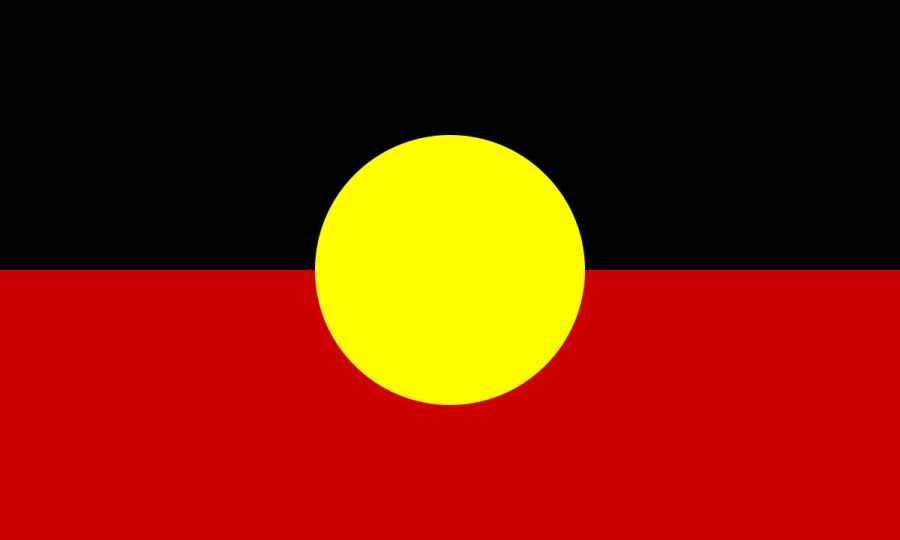No one has yet been able to define the sacred; the powers in the world are larger than the parts, larger than the sum of the parts, and much larger than any dictionary. Few people have spoken as mysteriously and provocatively about the sacred as the late David Burrumarra (p. 10). He tells us that Motj is power, that it is the flow of life toward growth, of stories toward the real, of a person toward awareness. . . .
Underlying the essays in this volume is a profound awareness that the sacred is entangled with, and encountered in, the world as it is. Aboriginal Australians have developed a consciousness of the sacred in holistic ecological processes, and their great and powerful concept "Dreaming" links creation and connection in the real unfolding of the living world. Dreaming creation is about this world, not some other world--about the life systems of this world in all their variety and complexity. No one person, animal, tree, or hill knows everything, and there is a profound sense that this world was not created specifically for human beings. Wisdom for humans lies in being aware of life systems and in behaving responsibly so as to sustain the created world. The essays in this issue speak to the many forms of wisdom that Aboriginal people draw on to sustain themselves and their world.
The stories presented here all concern nurturing and reparative action in the world, and they are all working to make connections. Many of them arise in response to damage in the world, and seek to overcome the gaps and loss of connection that characterize the lives of so many people. Many of the essays are co-authored and acknowledge the collaborations between indigenous and non-indigenous people in their mutual work toward reparative knowledge and action. Non-indigenous scholars and artists are the descendants of the very people who expected to witness (if not actually to promote) the demise of indigenous people. John Maynard spells out this brutal story of scholarship in relation to indigenous people in his essay on the defense of the sacred (p. 33). Collaborative efforts between indigenous and non-indigenous scholars to expand the boundaries of scholarly practice and develop forms of dialogical research and writing are testimony to people's mutual efforts to make connections across terrible histories.
These essays also concern people's efforts to form connections across generations of indigenous people whose life experiences are changing rapidly. Dinah Norman Marrngawi's quiet words of concern (p. 9) express the dilemma she, and many others, face. Similarly, Joe Neparrnga's discussion of how and why his musical performance differs from that of his fathers and grandfathers tells the story from the perspective of a younger generation (p. 42). In many of the essays indigenous people tell of how they pour their knowledge and power into new forms--political action (pp. 13, 33), power objects (p. 15), written texts (p. 8), dramatic performances (p. 46), community projects (pp. 21, 43), and music and video clips (p. 40)--in order ensure that their ways of being in the world will not be lost.
Yet another form of connection concerns indigenous people's efforts to teach non-indigenous people about their lands, their knowledge systems, and their philosophies. Essays on this issue discuss some of the big contexts like the Garma festival in Arnhem Land (p. 45), an exhibition that teaches with rock art (p. 28), and a performance that tells history (p. 46), but some of them also discuss local contexts in which scholars are taught that their maps and histories are incomplete, and that indigenous knowledge has survived not only in unexpected places but because of the connectivities in which it is embedded (pp. 26, 37).
Ecological and sacred connections are also spoken of in these essays, with a particular emphasis on water. The restoration of damaged lands brings sacred and subsistence sites back to ecological viability (p. 11), and the Yolngu philosophy of water teaches not only about water but also about social and spiritual relationships (p. 18). One of the ultimate connections--that between the living and the dead--is discussed in an essay on song (p. 22), which brings the circle around, connecting life and death, the sacred and the ecology, and human participation in the full measure of life processes. As ever, David Burrumarra manages to distill these issues into gems of mysterious insight: "Motj is the water of life."
Deborah Rose is an anthropologist with over 20 years’ experience working with Aboriginal people in the areas of land rights, ecological philosophy, and religion.

